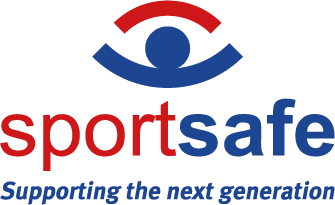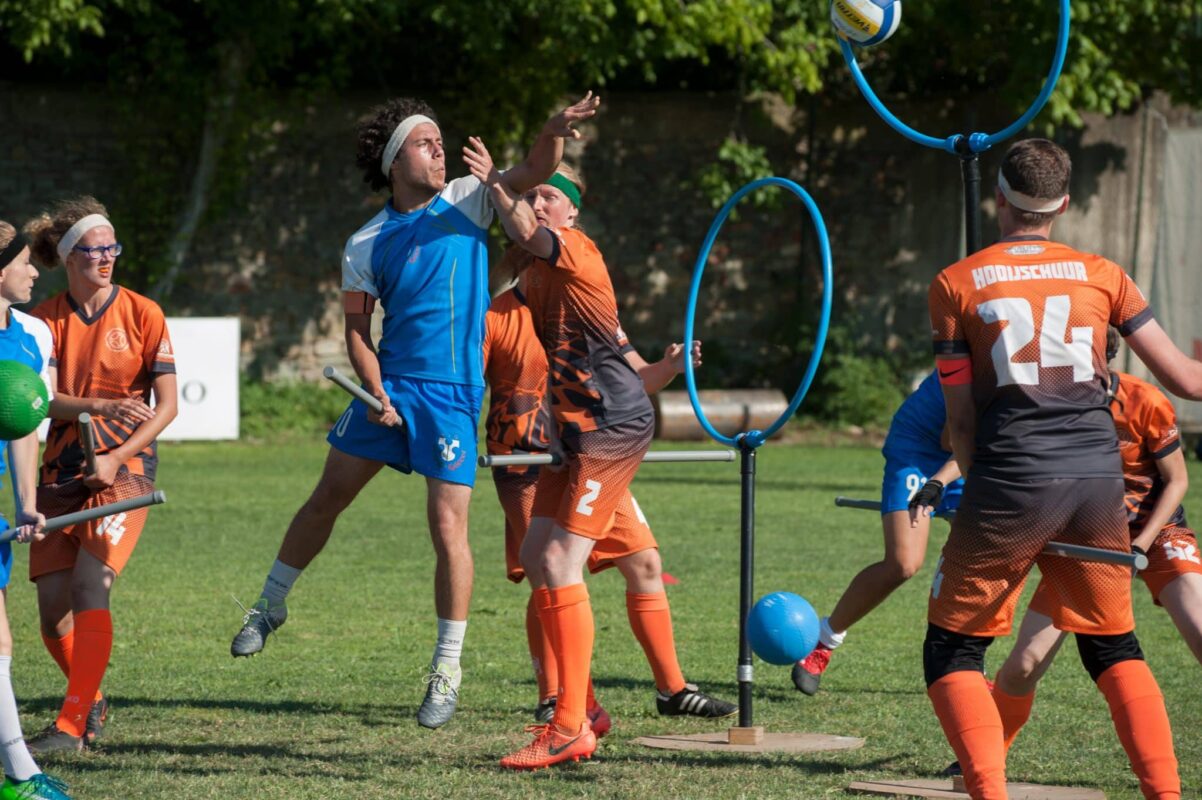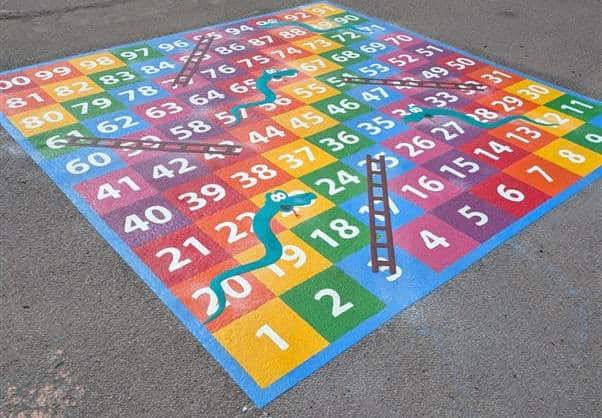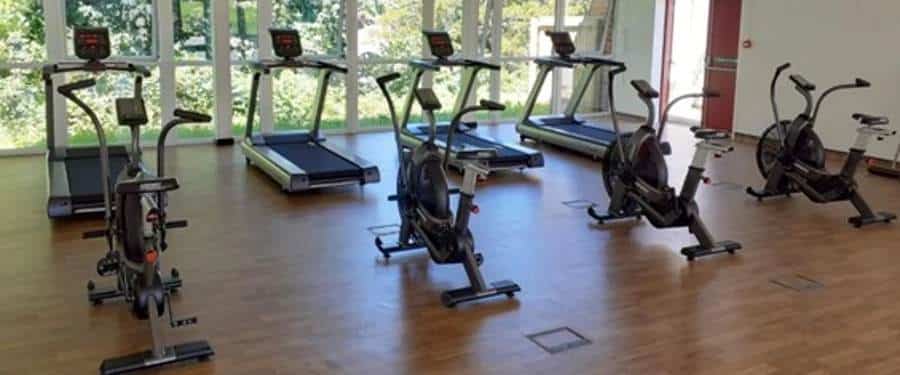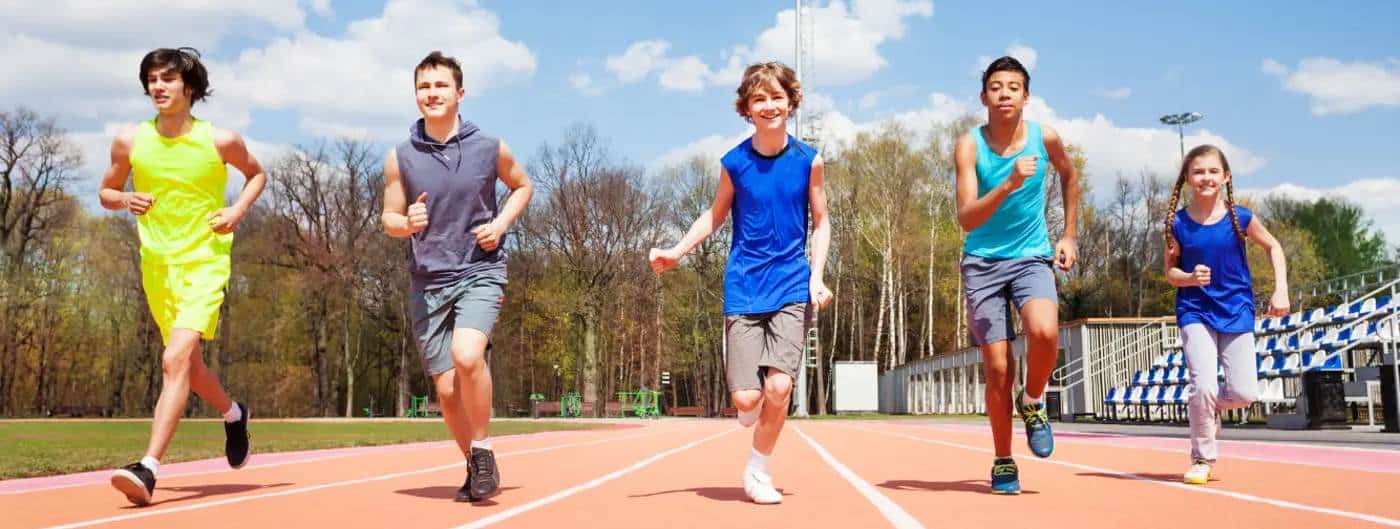According to the World Health Organization, disability is part of being human. Almost everyone will temporarily or permanently experience disability at some point in their life. An estimated 1.3 billion people – about 16% of the global population – currently experience significant disability. This number is increasing due in part to population ageing and an increase in the prevalence of non-communicable diseases.
[row style=”collapse”]
[col span__sm=”12″]
[divider align=”center” width=”100px” height=”2px”]
The type of disability may have a specific medical name but whether it really needs to be a disability in everyday life often depends on external factors such as the design of buildings, other people’s attitudes, the tools provided to do a task.
For people with disabilities, sport can either be a source of frustration and exclusion or it can provide a remarkable opportunity to shine and thrive. In fact, sport can be the moment when people who live in a world that usually makes life especially difficult for them, suddenly find they can achieve the same as others and, often, even more.
Forget just bouncing a ball down a court – try propelling and directing a wheelchair at the same time; don’t just run along admiring the streets of London – try navigating that marathon in the dark whilst holding a rope to find your direction; why only gallop along the beach on a fast horse when you could push your skills by steering with reins attached to your feet instead?
[divider align=”center” width=”100px” height=”2px”]
Hmmm. Perhaps sport for the disabled could teach the abled athlete a thing or two.
However, as mentioned above, there are often barriers in our everyday way of doing things that mean people with disabilities are seen as just that, rather than the people with abilities that they could be, in the right environment.
It is all too easy to assume that ‘normal’ sport cannot be accessed for these participants but, for example, wheelchair tennis is played on a normal court; blind archers use the same equipment as the fully-sighted but follow verbal instructions from an assistant; deaf basketball players race around the court like anyone else, communicating with sign language.
It’s all about attitude – attitude of the player and attitude of the people around them.
It doesn’t necessarily take much to make a sport, sports lesson or sports facility more inclusive. Everyone can play catch together if the balls used are larger or softer or have loop handles to make them easier to handle. Everyone can run at their own pace on sports day if the start is staggered. We can all go for a ride together if the right horse is found for each rider. Even just explaining the format of a lesson or describing the environment they will be in, in advance of the activity, to someone with anxiety could make the difference between them being able to join in and feeling overwhelmed.
It is also so important to make the facilities accessible for all as even the tiniest change to layout or equipment can boost the moral and sense of being included, leading to a greater willingness to, at the very least, just ‘have a go’ at the sport. Ease of access for individuals with physical impairments is very important when it comes to providing a welcoming environment everyone can interact with. Step-free access to all areas and disabled lifts create an inclusive facility for both spectators and participants alike. Features, such as a disabled shower in our team changing area, may seem small, yet they can make a world of difference when it comes to making everyone feel welcome by giving all sport participants the opportunity to stay with their team.
Adequate changing space in sport can make everyone can feel comfortable. These facilities also offer those with disabilities, as well as their carers, the space and dignity to easily change before and after sport or exercise. (https://warwick.ac.uk/services/sport/content-hub/feed/make-sports-accessible/)
[/col]
[/row]
[divider align=”center” width=”100px” height=”2px”]
Various organisations are more than happy to help with ideas about how you can adapt your sports provision to benefit from involving everyone. For example, Get Out Get Active (GOGA) is a programme that supports disabled and non-disabled people to enjoy being active together. They suggest that before joining a club or venue you could ask:
- if the sessions are disabled-only or mixed
- what equipment and kit you’ll need and if you can hire it
- how accessible the venue is
- if they can meet your needs and any reasonable adjustments
- what facilities are nearby
- if the session is outdoors
- if the activity is appropriate for your age group
- what policies are in place, for example safeguarding or equality and diversity
- if the instructor is aware of your condition or willing to learn about it
- if first aid is available if they offer free taster sessions
(http://www.getoutgetactive.co.uk/get-involved/participants)
Information about help with funding to provide accessible facilities and equipment or just details about free and discounted activities can be found on websites such as:
